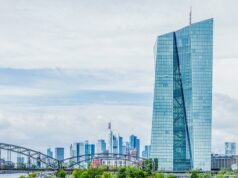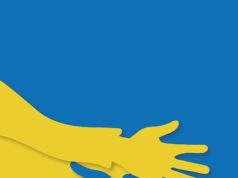Five years ago, a man died during the Euromaidan revolution in Kiev. Our reporter was standing next to him. Now he wants to know who was shot and for what.
It was a cold Thursday morning, and from the wet of the water cannon the ground on the Maidan had gone mushy. In many places paving stones, which the insurgents had used as projectiles for their catapults. Car tires burned on the barricades. Immediately behind, demonstrators threw Molotov cocktails. And again and again shots were fired. Men who put gas masks or motorcycle helmets over their heads carried injuries through the city center of Kiev, the actually beautiful European capital of Ukraine. Many of them roared with rage, others pleaded in pain. It smelt of burning on this February 20, 2014. And it bang everywhere.
When he lay before me on Institutska Street on the edge of the Maidan, he was 51 years and 117 days old. His yellow scarf had slipped over his face. He did not move anymore. And around him stood men who shouted at him and himself.
Two of them, kneeling beside him, tried to make his heart beat again. One pressed violently with his hands over his chest. The other man pinched his nostrils with his thumb and forefinger and put his mouth on his breath. Five or six times they repeated the attempt to revive. In vain.
How the two paramedics worked him, how he lay there on the ground, how the chaos spread around him: Whoever was never in the war can hardly judge whether this scene was war-like. After about 20 minutes, the two lifted his body on a chipboard. She covered her head with a dirty sweater. So they carried him away to a temporary morgue in St. Michael’s Cathedral, some 700 meters from the Maidan.
St Michaelskloster is not just any church: giant dome, gilded roofs, bright blue radiant walls. It is necessary to imagine this cathedral, for example, in the summer of 2012, when the final of the European Football Championship was played in Kiev, when tourists were about to take pictures, laugh, and then go to one of the countless Maidan restaurants with friends or family. On the afternoon of February 20, 2014, one corpse lay next to the other. On the left leg of a corpse someone had written a name and date of birth with a green marker: Andrij Saienko, 26.10.1962.
Who is this? And what led him to the Maidan? Five years ago, my search for what made Andrij Stepanovich Saienko’s life began in front of the Leichhalle on Michaelplatz.



